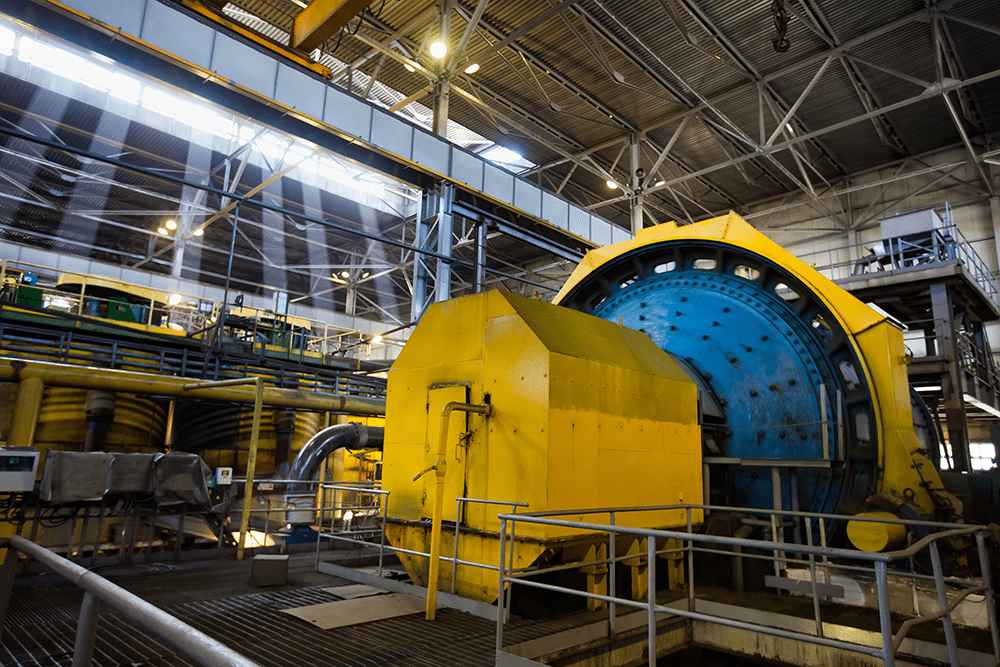Stainless MMI: Outokumpu Cuts Discounts, Nickel Prices Rise

The Stainless Monthly Metals Index (MMI) remained sideways, supported by modest increases among most of its components. The index rose by a modest 0.56% from February to March. Meanwhile, nickel prices continued their uptrend.
Outokumpu Reduces Stainless Steel Discounts
Outokumpu closed out February announcing reductions to a number of stainless steel discounts. Beginning March 1, a range of materials, including several 200, 300 and 400 series cold and hot rolled products, saw their prices increase. Notably, North American Stainless (NAS) chose not to follow their competitor.
Outokumpu’s announcement come after more than a year of bearish conditions within the stainless market, as oversupply forced domestic mills to repeatedly lower prices, albeit mostly transactionally. While mills are typically quick to inform customers when prices increase, they usually remain quiet when prices decline, which procurement insiders call a “silent slope.” MetalMiner reports stainless mill discounts in the Month Metal Outlook Report and Should-Cost Models on Insights.
Despite Discount Cuts, Stainless Market Remains Slow
Despite Outokumpu’s efforts, market conditions remain weak. Suppliers reported increased buying activity during Q1 2025, but none characterized this increase as a sharp and meaningful rebound in the market. Read MetalMiner’s outlook for what will impact current stainless steel and nickel prices in 2025.
Despite the 25% tariffs also including stainless steel, offshore stainless steel prices in Asia remained largely unaffected due to existing duties. “By late February, stainless prices from the continent, particularly for common grades like 304, remained competitive with domestic prices. This region is mainly responsible for keeping pressure on the U.S. market, and benefits from advantages like low-priced Indonesian nickel and lower operational costs.

Considering NAS’ decision to maintain its pricing, suppliers believe Outokumpu’s move was largely strategic. The mill likely hopes to bolster its position ahead of H2 contract negotiations, even if that means forgoing tons to competitors in the meantime. NAS could follow Outokumpu should the recent increases in buying activity continue. However, the broad rise in price pressures on consumers may challenge this trend in the coming months, all covered in MetalMiner’s Weekly Newsletter. Notably, the ISM manufacturing PMI saw its Prices Index increase as its New Orders Index decreased.
U.S. Dollar Decline Boosts Nickel Prices
Supported by rising nickel prices, stainless steel surcharges appear poised for an increase in April. So far, nickel prices have increased nearly 9% from the start of 2025 to where they currently stand at $16,530/mt as of March 17.
While on the rise, the fundamentals of the nickel market appear largely unchanged. Moreover, both LME and SHFE inventories seem well-stocked. Despite the modest decline over the last month, SHFE stocks remain near where they trended throughout 2020. Meanwhile, since the summer of 2023, LME stocks have been on an almost uninterrupted trip upward to where they currently stand at their highest level since August 2021.
Despite robust global supply, most base metal prices have experienced a lift since the start of the year. This has been aided by declines in the U.S. dollar index, which currently sits at the low end of its long-term sideways range. Analysts attribute the slump in the U.S. dollar to several factors, including last year’s cuts to interest rates and increasing recession risks in the U.S.
The U.S. Dollar and Commodities
While the U.S. dollar index does not hold a strong correlation with metal prices, its overall movement does impact commodity prices. For instance, a weaker U.S. dollar index, which tracks the value of the U.S. dollar compared to other currencies, makes it cheaper for holders of other currencies to purchase assets priced in USD.
Whether the U.S. dollar will continue to depreciate remains in question, as geopolitical tensions and economic uncertainties could influence its trajectory. The Federal Reserve has thus far opted to pause interest rate cuts, which offers support. Meanwhile, inflation remains sticky, while the U.S. labor market appears strong. For its part, the market seems to accept that there are no further cuts on the horizon, at least in the short-term.
Biggest Nickel and Stainless Steel Price Moves
Don’t panic about tariffs. Learn how to manage tariff threats with MetalMiner’s free, comprehensive tariff guide.
- Chinese ferrochrome prices witnessed the largest increase of the overall index with a 3.59% rise to $1,134 per metric ton.
- The Allegheny Ludlum surcharge for 316/216L coil rose 2.01% to $1.47 per pound.
- The Allegheny Ludlum surcharge for 304/304L coil increased by 1.69% to $0.91 per pound.
- Chinese primary cash nickel prices rose by 1.15% to $17,461 per metric ton.
- Meanwhile, Chinese ferromolybdenum prices saw the only decline of the overall index, falling by a modest 1.45% to $31,091 per metric ton.


